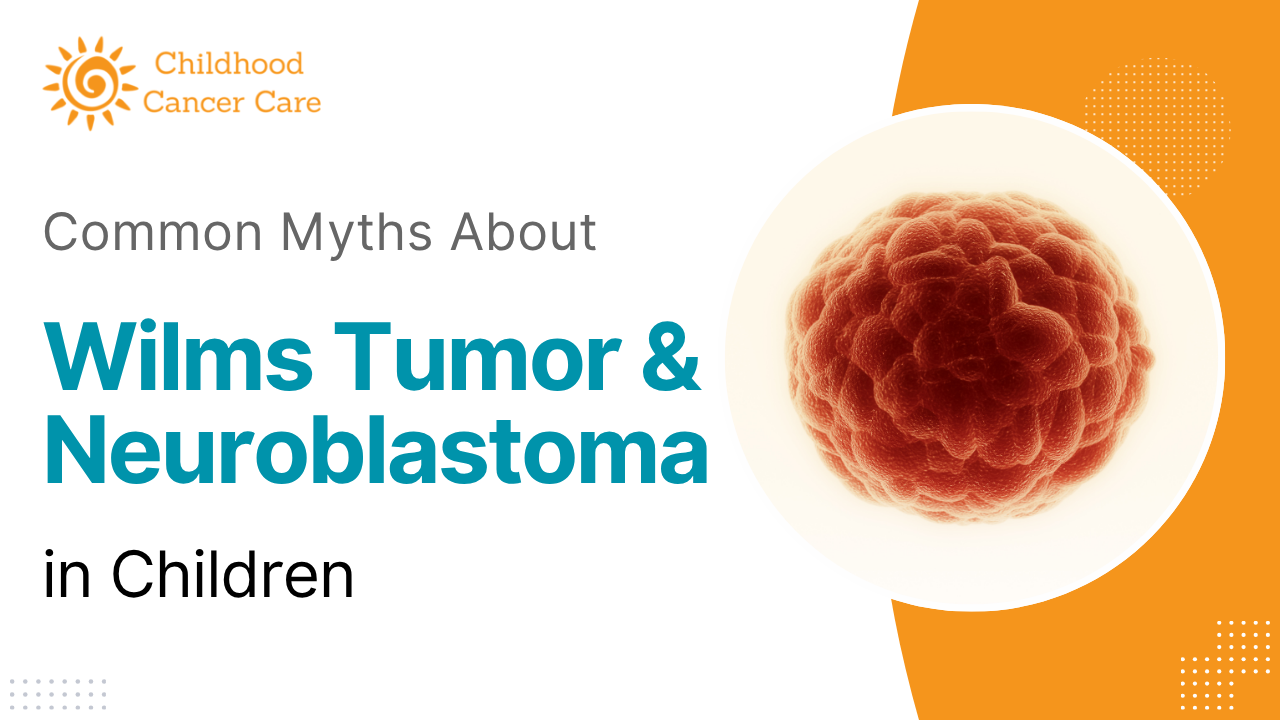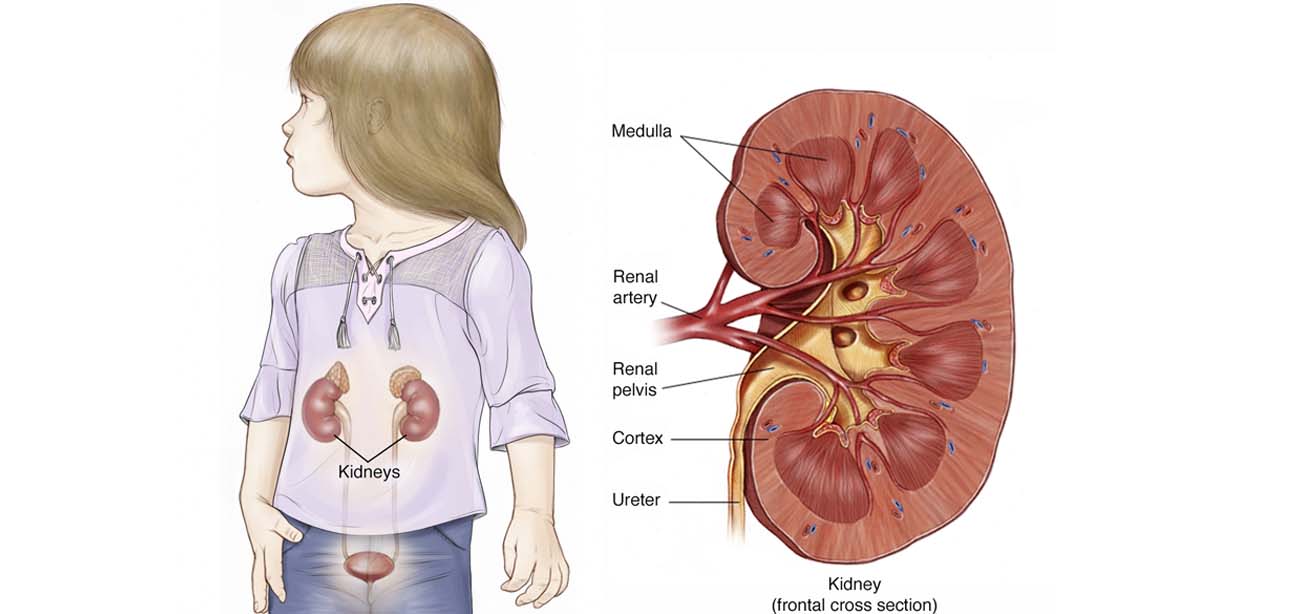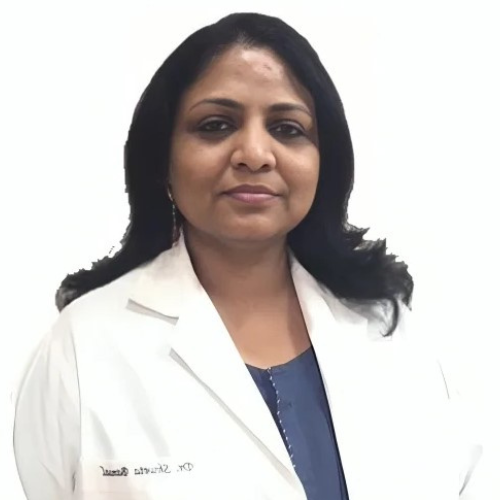Common Myths About Wilms Tumor and Neuroblastoma in Children: Insights from Dr. Shweta Bansal, Pediatric Hemato-Oncologist in Mumbai

Introduction
Childhood cancers, though rare, bring immense concern to families. Among these, Wilms tumor and neuroblastoma are significant due to their impact on young children. Dr. Shweta Bansal, a renowned Pediatric Hemato-Oncologist and Bone Marrow Transplant Specialist in Mumbai, emphasizes the importance of dispelling myths surrounding these conditions to ensure timely diagnosis and appropriate treatment.
Understanding Wilms Tumor and Neuroblastoma

Wilms Tumor:
Also known as nephroblastoma, Wilms tumor is the most common kidney cancer in children, typically affecting those aged 3 to 4 years. It arises from immature kidney cells and is often diagnosed through abdominal swelling or a palpable mass. With early detection and appropriate treatment, the prognosis is generally favorable.
Neuroblastoma:
This cancer originates from nerve tissue, commonly in the adrenal glands, neck, chest, or spinal cord. It predominantly affects children under 5 years of age and can present with symptoms like fatigue, decreased appetite, and abdominal masses. The disease's behavior varies; some cases regress spontaneously, while others require intensive treatment.

Common Myths and Facts

Myth 1: Wilms Tumor is Always Hereditary
Fact: While certain genetic syndromes can increase the risk, most cases of Wilms tumor occur sporadically without a family history. Environmental factors or random genetic mutations during kidney cell development are often implicated.
Myth 2: Neuroblastoma is Always Fatal
Fact: The prognosis for neuroblastoma varies. Some low-risk cases can be cured with minimal treatment, while high-risk cases may require aggressive therapy. Factors influencing outcomes include the tumor's location, stage, and the child's age at diagnosis.
Myth 3: Childhood Cancers are the Same as Adult Cancers
Fact: Childhood cancers differ significantly from adult cancers in biology, treatment response, and outcomes. Children's bodies are still developing, which affects how they respond to treatments like chemotherapy and radiation.
Myth 4: All Tumors in Children are Cancerous
Fact: Not all childhood tumors are malignant. For instance, Wilms tumor is a malignant kidney tumor, but many other kidney masses in children are benign and require different management approaches.
Myth 5: Neuroblastoma Always Causes Visible Lumps
Fact: While neuroblastoma can present as a lump, especially in the abdomen, it can also manifest with subtle symptoms like fatigue, weight loss, or changes in appetite. In some cases, it may be asymptomatic and detected incidentally during imaging for other concerns.
Myth 6: Vaccines Cause Childhood Cancers
Fact: Vaccines do not cause cancer. In fact, immunizations protect against certain cancers. For example, the human papillomavirus (HPV) vaccine reduces the risk of cervical cancer. There is no credible scientific evidence linking vaccines to childhood cancers.
Myth 7: Chemotherapy is the Only Treatment for Childhood Cancers
Fact: While chemotherapy is a common treatment, many childhood cancers, including Wilms tumor and neuroblastoma, are treated with a combination of surgery, radiation, and sometimes immunotherapy or targeted therapies. Treatment plans are tailored to the individual child's needs.

Dr. Shweta Bansal's Approach to Pediatric Hemato-Oncology
Dr. Shweta Bansal is committed to providing comprehensive care for children with hematological and oncological disorders. Her approach includes:
- Personalized Treatment Plans – Tailoring therapies based on the specific diagnosis, genetic factors, and overall health of the child.
- Multidisciplinary Collaboration – Working with surgeons, radiologists, and other specialists to ensure holistic care.
- Family Support – Offering counseling and support services to families navigating the challenges of a child's cancer diagnosis and treatment.
- Advancements in Treatment – Staying abreast of the latest research and clinical trials to provide cutting-edge therapies.
Conclusion
Dispelling myths about Wilms tumor and neuroblastoma is crucial for early detection and effective treatment. With advancements in pediatric oncology and specialists like Dr. Shweta Bansal leading the way, the outlook for children with these conditions continues to improve. Parents and caregivers are encouraged to seek expert advice and not rely solely on information from unverified sources.
Copyright © Childhood Cancer Care | Dr. Shweta Bansal.